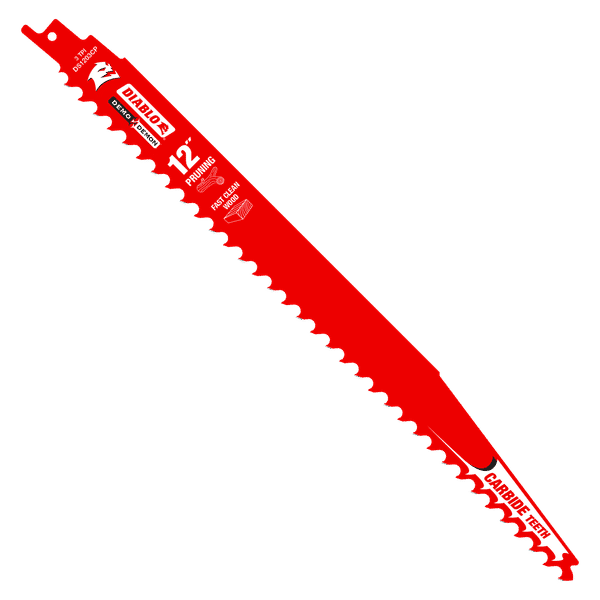A reciprocating saw is a handy tool. It helps in many tasks. One of these tasks is pruning. Pruning keeps trees and bushes healthy. The saw uses special blades for pruning. These blades need care to work well. This article will give you tips on how to care for them.
Understanding Reciprocating Saw Pruning Blades
Reciprocating saws have different blades. Pruning blades are one type. They are sharp and strong. They cut through branches easily. But they need proper care. This ensures they stay sharp and effective.
Why Proper Maintenance Is Important
Maintaining blades is very important. Sharp blades cut better. They also make the saw safer to use. Dull blades can be dangerous. They may slip or get stuck. This can cause accidents. So, take good care of your blades.
Tips for Maintaining Pruning Blades
Here are some simple tips. They will help you keep your pruning blades in good shape.
1. Clean After Each Use
Cleaning is the first step. After using the saw, clean the blade. Remove any dirt or sap. This prevents rust and keeps the blade sharp.
Steps to Clean the Blade
- Turn off the saw and unplug it.
- Use a brush to remove dirt and debris.
- Wipe the blade with a cloth.
- If there is sap, use a solvent to remove it.
2. Sharpen The Blade Regularly
Blades become dull over time. Sharpening them is important. A sharp blade cuts better and is safer to use.
How to Sharpen the Blade
- Use a sharpening tool.
- Follow the blade’s original angle.
- Make sure to sharpen all teeth.
- Check the blade for any damage.
3. Store The Blade Properly
Proper storage is crucial. It keeps the blade in good condition. Store the blade in a dry place. Moisture can cause rust.
Steps for Storing the Blade
- Clean the blade before storing.
- Dry it completely.
- Store in a dry place.
- Use a case to protect the blade.
4. Inspect The Blade Regularly
Inspection helps find any problems early. Check the blade before each use. Look for any damage or dullness.
Things to Check
- Look for rust or corrosion.
- Check for any cracks.
- Ensure the teeth are sharp.
- Look for any bending or warping.
5. Use The Blade Correctly
Proper use extends the blade’s life. Do not force the blade. Let the saw do the work. Use the right blade for the job.
Tips for Using the Blade
- Do not force the blade.
- Use steady pressure.
- Choose the right blade for the material.
- Keep the saw clean and in good condition.
Common Mistakes to Avoid
Many people make mistakes with their saw blades. Here are some to avoid.
1. Using The Wrong Blade
Different jobs need different blades. Using the wrong blade can damage it. Always choose the right blade for the task.
2. Not Cleaning The Blade
Cleaning is important. Many people skip it. This can cause rust and dullness.
3. Forcing The Blade
Forcing the blade is a common mistake. It can cause damage. Let the saw do the work.
4. Improper Storage
Storing the blade in a damp place can cause rust. Always store the blade in a dry place.
5. Not Sharpening The Blade
Sharpening keeps the blade effective. A dull blade is dangerous and hard to use. Make sure to sharpen it regularly.

Credit: www.diablotools.com


